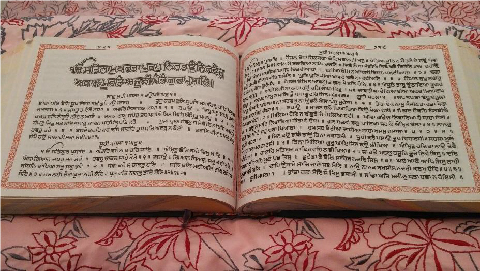Attar Singh is a famous critic. He has so far published three collections of critical essays—Kavya Adhyayan (Study of Poetry), Drishtikon (Viewpoint), and Samadarshan (Perspectives). In his view, it is the first duty of progressive literature to fight against those tendencies that would tie literature to reaction. This can best be done, according to him, by enlightened progressive thinking, if it offers intellectual guidance to social forces and leads them to the ideal stage of social evolution, socialism. He admits that in literature, viewpoint and motive flowing from the uniqueness of the writer\'s experience must be artistically patterned.
- 1
- 2













